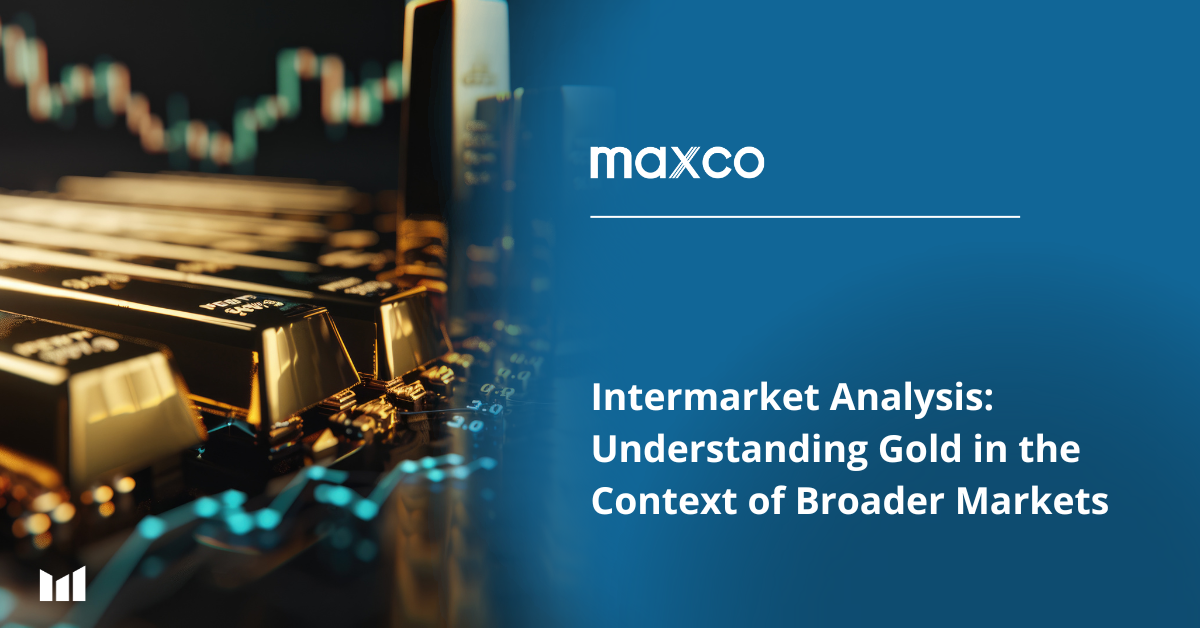Intermarket analysis is the study of relationships between various asset classes—commodities, bonds, equities, and currencies—that continuously influence one another. By understanding these correlations, traders can:
- Assess dominant market trends
- Detect divergences between markets
- Avoid false signals
1. Gold vs. USD (Forex Market)
- Gold is highly sensitive to movements in the US dollar, especially the DXY (US Dollar Index).
- When the USD strengthens, gold typically weakens because it is priced in dollars.
- Therefore, monitoring and trading in FX—especially pairs like EUR/USD or USD/JPY—provides essential context for gold price movements.
Example: If the USD strengthens due to strong US economic data, gold prices are likely to fall. However, if EUR/USD shows signs of reversal, it could be an early signal that selling pressure on gold may start to ease.
2. Gold vs. Stock Indices
- When the stock market declines (e.g., S&P 500 drops), investors often seek safe havens such as gold.
- Conversely, during a bullish stock market, gold may stagnate or decline as capital flows into riskier assets.
Example: If the Nasdaq plunges sharply while gold begins to rise, this may confirm a broader risk-off sentiment in the market.
3. Gold vs. Other Commodities (e.g., Oil, Copper)
- Gold is often viewed as a “monetary” asset, while oil and copper are indicators of economic growth.
- If gold rises while oil and copper decline, it may indicate inflation fears or broader economic uncertainty.
4. Gold vs. Bond Yields
- Gold prices often move inversely to US Treasury yields.
- As yields rise, the opportunity cost of holding non-yielding assets like gold increases, pushing gold prices down.
- Monitoring bond markets or Treasury futures CFDs helps assess pressure on gold prices.
5. Diversification & Signal Confirmation
By trading across different instruments (FX, equity indices, other commodities), you can:
- Confirm gold signals with cross-market data
- Take advantage of asymmetric opportunities (e.g., gold stagnates while DAX or GBP/USD presents trading setups)
- Avoid over-focusing on a single asset
Conclusion
Analyzing and trading instruments like FX, equity indices, and CFDs beyond gold is not just about diversification. It is a strategic approach to:
- Understand the broader market context
- Avoid misjudging gold through isolated analysis
- Discover additional, reinforcing opportunities
Professional traders don’t view gold in isolation—they interpret it within the complex web of global market dynamics.
